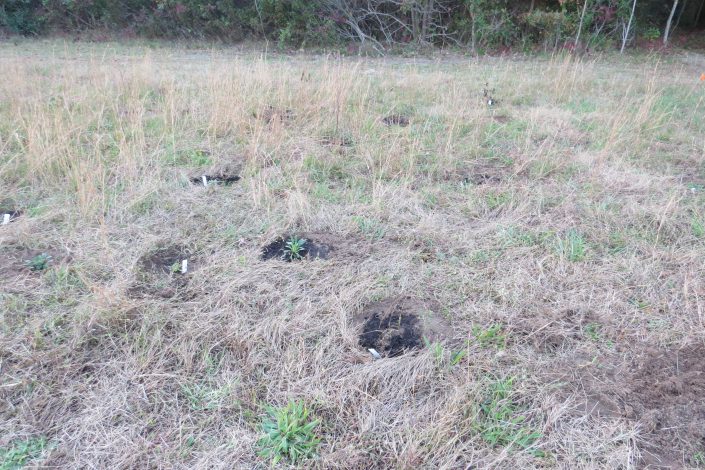Leave The Leaves This Fall
By Leah Wells
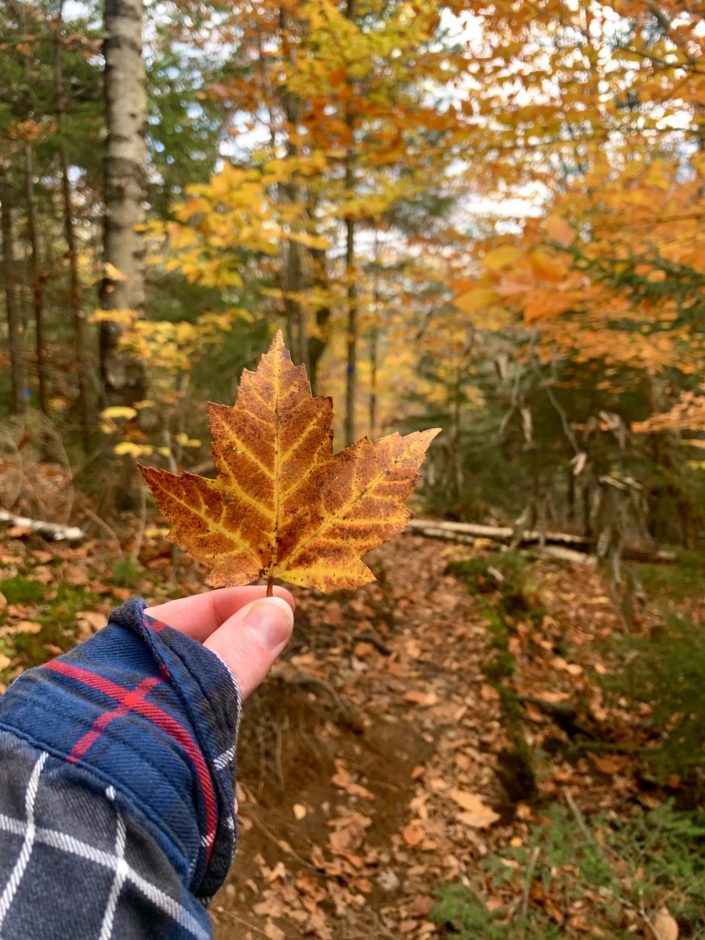
Once leaves fall to the ground, leave them be! Deciding not to rake, blow, and dispose of your leaves not only benefits native wildlife but provides nourishment to your garden and lawn.
By Leah Wells

Once leaves fall to the ground, leave them be! Deciding not to rake, blow, and dispose of your leaves not only benefits native wildlife but provides nourishment to your garden and lawn.
by Leah Wells

Surveying for bats means staying up late and spending a lot of time in the dark. Our evenings begin a few hours before sunset, giving us just enough time to set up for the night. We start off by scouting locations to set up our mist-nets which we use to capture bats. These fine nets, ranging from 8 – 30 ft across and 16 ft high, are attached to tall poles stationed along corridors which bats often use to forage for food. With our nets ready to be deployed, we use the last of the daylight to set up our work station where we will process the bats we hopefully catch.
Continue reading “Special Guests During Bat Survey Nights”by Mary Emich, Assistant Biologist

Over the last decade, the monarch butterfly, Danaus plexippus, population has declined. Climate change has affected weather conditions, the winters are colder and wetter while the summers are hot and drier. This disturbs their survival rate, especially during their long annual migration. Other factors like pesticides and a loss of habitat to human development further threaten the monarch population.
The monarch butterfly migration is mysterious and magnificent. Every fall season, monarch butterflies travel thousands of miles from their breeding grounds in the United States and Canada to escape the cold winters. Monarchs in Eastern North America spend the winter months in the Transverse Neo-Volcanic Mountain Range in Michoacan, Mexico. To reach their destination, monarch butterflies migrate over 3,000 miles, utilizing the air currents and making many stops along the way.
Continue reading “The Mighty Migration of the Magnificent Monarch”by Ethan Gilardi
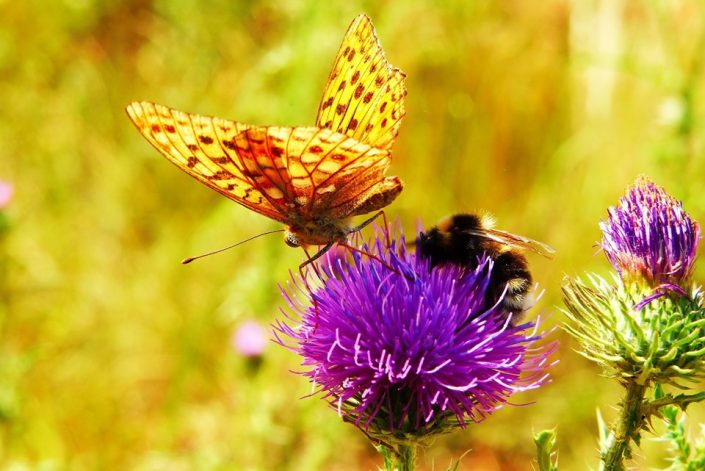
New Jersey’s State Senate passed legislation this past August authorizing the creation of “Protect Pollinator” license plates with the aim of helping to protect New Jersey’s native pollinators.
Created by Kip Bateman (R) and co-sponsored by Linda Greenstein (D), the bill will require the New Jersey Motor Vehicle Commission to create “Protect Pollinator” license plates, featuring a design and slogan that expresses support for New Jersey’s native pollinator animals.
“New Jersey would not be the Garden State without the help it gets from its native pollinators,” said Bateman. “From the gardens we grow to the produce we purchase at a local farmer’s market, many of our fruits, vegetables, and flowers rely on pollinators like bees and butterflies. The license plates will ensure our ‘Jersey Fresh’ plants and crops grow strong for generations.”
Continue reading “Senate Passes Bateman License Plate Bill to Protect Pollinators”by David Wheeler
COVID-19 has changed our lives in virtually every possible way over the last few months. Our relationship to wildlife is no different. This three-part series explores the impacts of the COVID-19 pandemic and shutdown on wildlife in New Jersey and across the world. Read Part 1 here, and check out our podcast on COVID-19 and wildlife.
We have received more reports than ever from people seeing wildlife species they hadn’t seen before, and behaviors they had never previously observed, much of it from their own yards. People are tending to gardens more than ever before, and enjoying seeing the attendant pollinators.
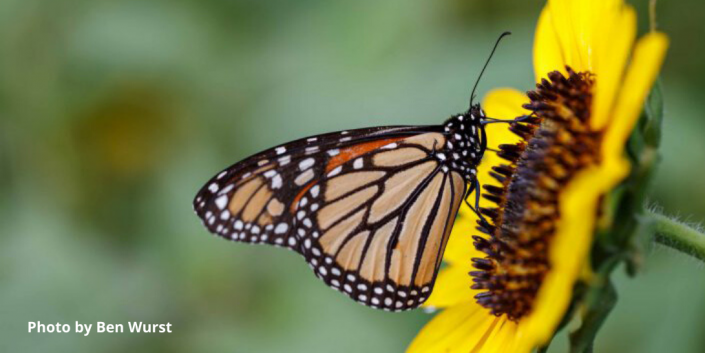
Wildlife takes center stage this summer in a series of virtual presentations.
Conserve Wildlife Foundation and Mercer County Park Commission will present four one-hour webinars this summer, focusing on wildlife that affects our lives, even in an urbanized environment.
Continue reading “Summer Series: Join Us for Virtual Wildlife Events”Conserve Wildlife Foundation is excited to release Pollinators in Peril, the third episode of ‘State of Change’, our podcast exploring the impacts of climate change on New Jersey’s wildlife.

PSE&G, Conserve Wildlife Foundation, Mercer County Park Commission, Mercer County Wildlife Center and Wildlife Center Friends team up with free public programs on Bald Eagles, pollinators, and bats.

Join us on August 8th at the Mercer County Wildlife Center to learn about pollinators like bees, butterflies and moths and how they help keep flowers in bloom and food on your plate.
Continue reading “KEEP NEW JERSEY’S SKIES WILD!”by Ben Wurst, Habitat Program Manager
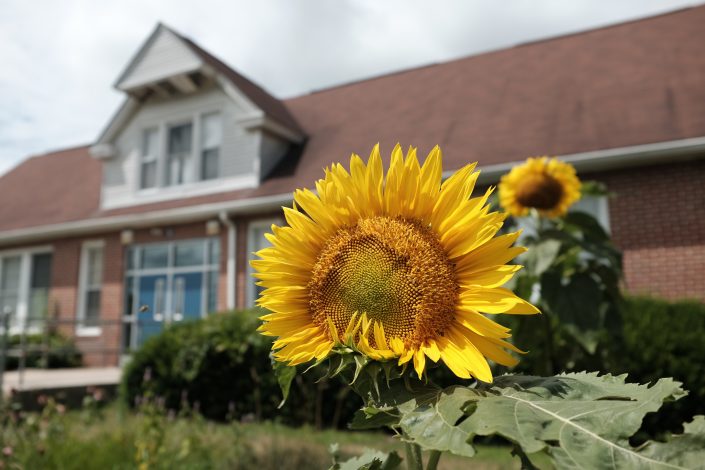
Bass River Elementary is a small school located in Bass River Township, Burlington County. Students and faculty are passionate about protecting wildlife and the habitat that’s required to survive. From headstarting hatching N. diamondback terrapins, composting, and raising monarch caterpillars, they know that hands on education is key to engaging future generations to care about our environment. We knew it would be the perfect place to create a wildflower garden to provide food for nectar feeding insects! Continue reading “Bass River Students Enhance Pollinator Habitat”
A new pollinator habitat is created in Middle Township
By: Larissa Smith; CWF Wildlife Biologist

The Middle Township Environmental Commission in cooperation with the Conserve Wildlife Foundation of NJ worked to create a pollinator habitat at a recreation site in the township which is located in Cape May County. Commission members had been working to obtain permission to plant a pollinator garden on a township site. The Ockie Wisting Recreation Complex was just officially opened in the end of October. This recreation site will have playing fields, a playground and a wooded trail that leads to a lake and fishing pier.

With funding from Atlantic City Electric volunteers with the Middle Township Environmental Commission and Conserve Wildlife Foundation of NJ planted 138 native perennials . While it doesn’t look like much right now, come next spring and summer there will be plants for bees, butterflies and birds to use for food and habitat. Not only will this pollinator meadow be great for wildlife, it won’t have to be mowed. The Environmental Commission will be in charge of maintenance and plans another work day in the spring to remove any non-native plants and trees in the area. We also plan to use this site as a demonstration garden for others interested in planting for pollinators.
